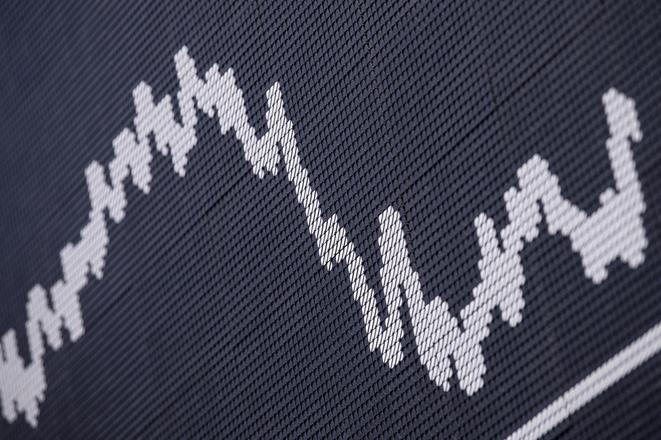For investors, last year was the second above-average profitable one in a row. The American S&P 500 index grew by 28 percent, the Nasdaq technology index even by 34 percent. In addition to stocks, bonds did well as well.
Commodities, especially gold, along with cocoa and coffee, were also on an upward trajectory. Cryptocurrencies experienced a boom, with Bitcoin, the most famous one of them all, beating the threshold of $100,000 in value.
To put it simply, wherever an investor invested money, they made a profit.
This will probably not happen again in 2025. However, Wall Street banks analyses estimate that American markets could grow by around 10 percent, which is slightly above the long-term average.
Waiting for Trump
Whether and to what extent the trend will continue depends on several factors; i.e. the geopolitical tensions in Ukraine, the Middle East and Taiwan, possible lower global economic growth due to trade wars with China, and the policies of US President Donald Trump.
Being in the middle of two opposing forces, the European Central Bank (ECB) will find itself in a difficult spot. "On the one hand, weakening industry, on the other hand, pro-inflationary pressures from Donald Trump and new tariffs," explains J&T Bank analyst William George Kubik.
Currently, the European economy is going through a slowdown, which minimises the risk of an increase in inflation. Unlike Slovakia, where inflation must be expected.
ECB is expected to cut interest rates at least four times this year, each time by a quarter of a percentage point. Over the course of the year, the key deposit rate could fall from the current 3 percent to between 1.75 and 2 percent, making the capital cheaper.
Summing up these factors, there is no reason to change the strategy in 2025 for an investor who regularly invests in diversified ETF funds through mutual funds, "roboadvisor" platforms such as Finax or Portu, or through brokers.
We have come up with the following five tips from financial market analysts. They are intended for those who invest more boldly, and are aware of the higher risk (and therefore potential losses), and actively manage their investment portfolio themselves.


